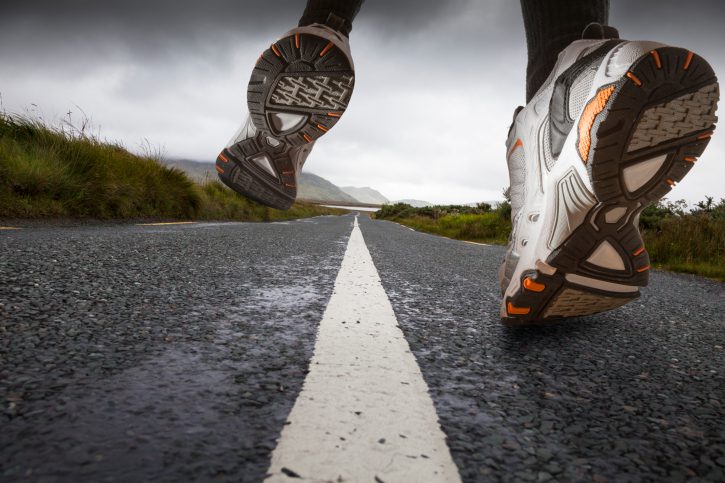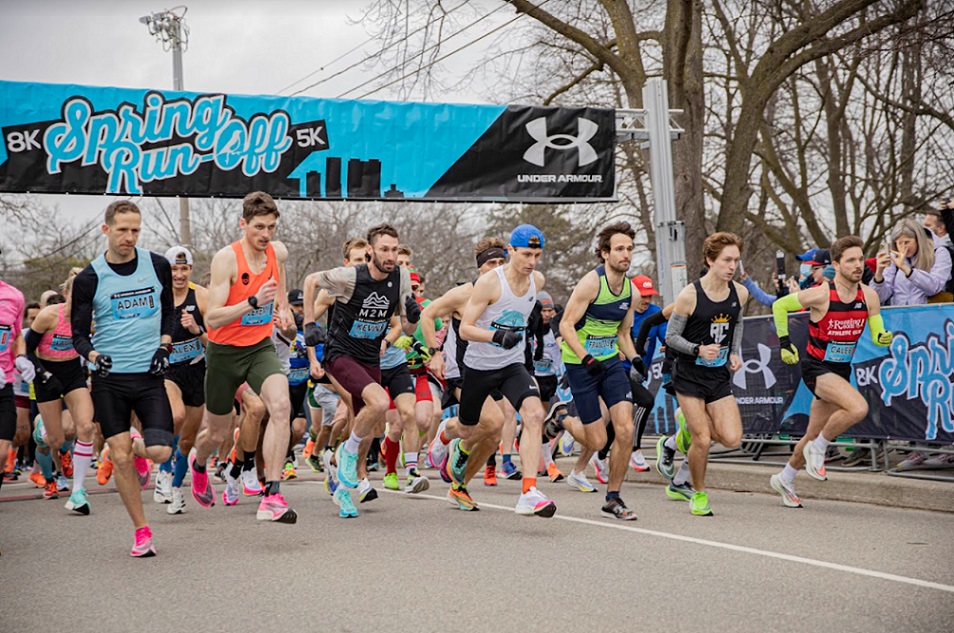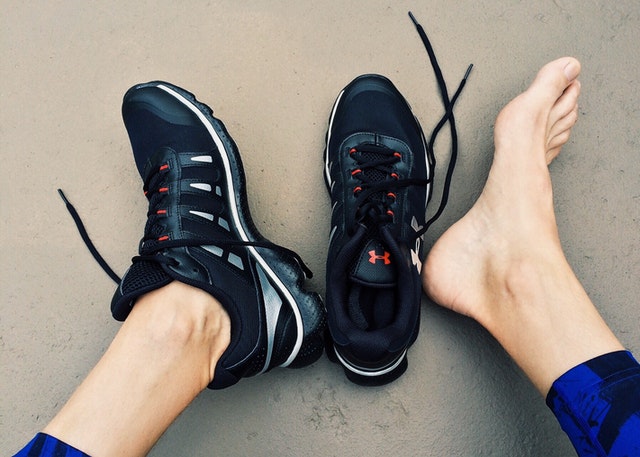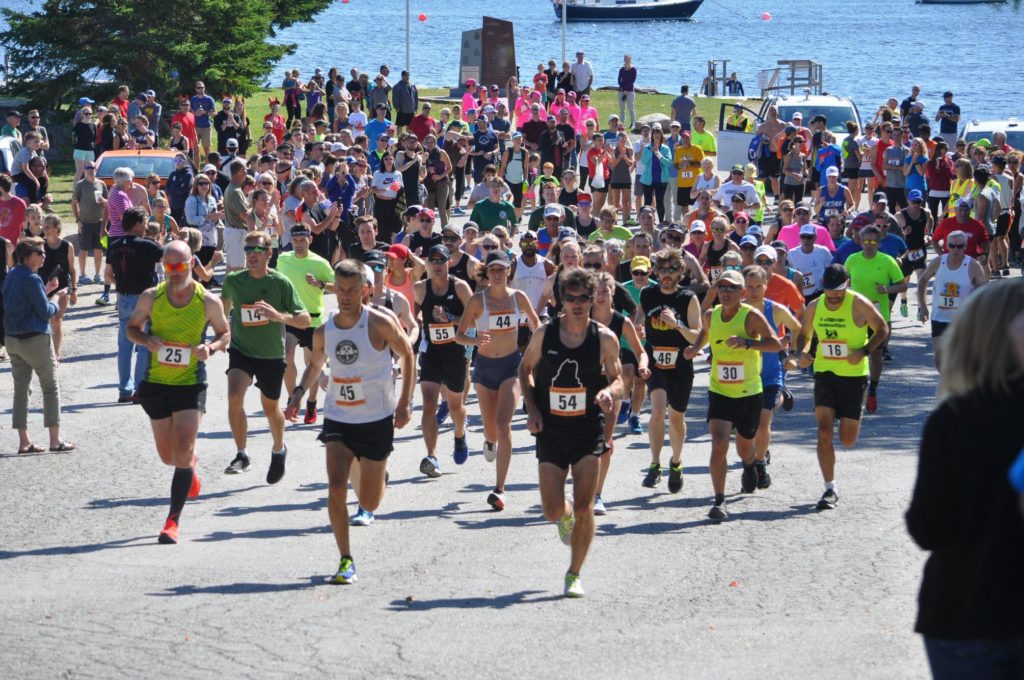Why does running shoe sizing vary so much?
We asked several shoe experts about the factors that influence sizing and fit

If you’ve ever been frustrated by how much the fit of your running shoes seems to vary from model to model, or from brand to brand, you’re not alone. Many runners wonder if there is any rhyme or reason to how shoe sizing works, and why they are reliably a size 10 in some shoes but a 9.5 (or 10.5) in others. So how do brands determine measurements for shoe sizes, and why does it sometimes seem so inconsistent? We spoke to a few industry spokespeople to get insights.

How is size determined?
As we know, human beings come in all shapes and sizes, and so do their feet. That metal foot-measuring device you see in shoe stores may serve as an initial guide for determining shoe size, but it is by no means definitive. According to Sebastien Pavailler, global product manager of biomechanics for Salomon, there are ISO standards that govern shoe sizing and for converting between international sizing systems. But whether brands universally adhere to these standards may be another story.
Pavailler goes on to explain that, historically, shoe lasts (the patterns that shoes are built on) were created using foot length, perimeter and other measurements, and that the difference between sizes was equivalent to the size of a barleycorn (about a third of an inch, or .84 cm). Despite huge advancements in shoe technology, this has not really changed.
But as anyone who has ever bought a pair of running shoes can attest, there are sometimes marked size differences among brands. “I could pull out a size 9 from each brand, and they will all fit slightly differently,” says Lynn Bourque, owner of Toronto’s The Runners Shop. She recommends getting fitted correctly at a specialty running shoe retailer, and acknowledges that there can be considerable variability in sizing: “Even ‘classic’ models like the New Balance 880, Nike Pegasus, etc., can vary from version to version,” she says.

Pavailler agrees, suggesting that sizing and fit can be influenced by materials used and construction methods. He offers the Salomon Speedcross 4 and 5 as an example: the 4’s upper used a ripstop mesh with stitched overlays that made the fit somewhat unforgiving, and many runners found it too narrow. In the 5, a stretchier mesh was used, as well as a different process for applying the overlays, making it more comfortable for a wider range of runners’ feet.
Some models are designed to fit differently based on such things as lacing system and purpose. For example, a shoe designed for hard downhill running on technical trails will lace up more tightly than a shoe designed for long, easy runs on flat roads, for obvious reasons–safety, comfort and security dictate that you want to minimize any movement of the foot inside the shoe. Another example is track spikes (which are designed to fit tightly, and most runners wear them without socks–though for the purposes of this article, we’re concerned more with regular road-running shoes).

Do some brands fit differently than others?
You may have a perception that certain brands tend to favour a certain foot shape (such as long and narrow), but, as we have seen, such generalizations are most often just that. Some brands, including Hoka and New Balance, do make certain models available in wider widths. So if you find a shoe to be too narrow for your foot (but you otherwise like it), it’s worth finding out whether it’s available in different widths.
Perception of shoe size is obviously subjective, and there are many factors that may influence it, including whether your feet are swollen from walking around all day before you go to be fitted, what type of socks you’re wearing, etc., as well as the type of material used in the upper, and even (possibly) differences in construction methods from factory to factory.
For marathon runners and ultrarunners, you want the shoe you wear for long runs to feel comfortably roomy in the toe, to allow for swelling, without being too big. (Bourque suggests a thumb’s width.) Black toenails may be a badge of courage for many marathon runners, but they are not unavoidable and may be a sign that your shoes are too small.)


